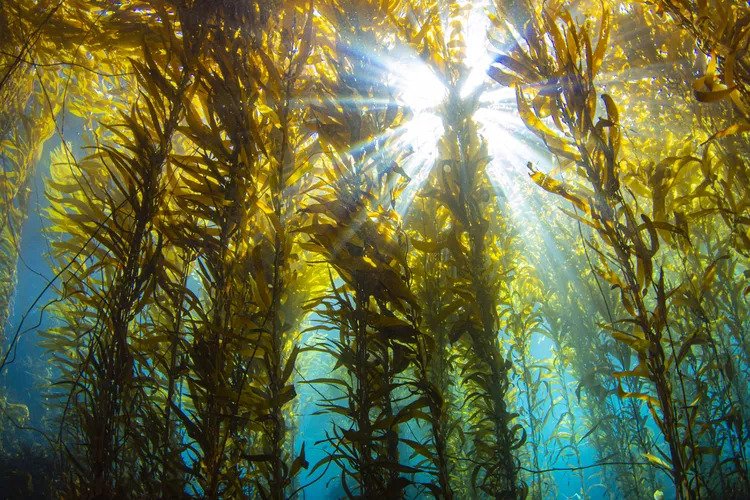The Fascinating World of Sea Urchins and Their Impact on California's Marine Ecosystem
Posted by Co-Owner Ronald Beltramo on on Sep 24th 2023
California's marine ecosystems are home to a diverse array of marine life, and among the many fascinating creatures that inhabit these waters, sea urchins stand out. These spiky, spherical creatures play a significant role in shaping the delicate balance of marine ecosystems along the California coast. In this blog, we will explore the importance of sea urchins in these ecosystems and the impact they have on the underwater world.

Sea Urchins are Nature's Gardeners, they are herbivorous creatures that graze on kelp, algae, and other marine vegetation. In California, the most common species is the purple sea urchin (Strongylocentrotus purpuratus). These creatures use their specialized feeding structures, known as Aristotle's lantern, to scrape and consume plant material. Their feeding behavior plays a crucial role in regulating the growth of underwater plants.
The Kelp Forest forests are one of California's most iconic marine habitats, providing shelter and food to numerous species. Sea urchins have a complex relationship with kelp forests. While they graze on kelp, their presence can also have a negative impact on these underwater forests. When sea urchin populations become too dense, they can overgraze on kelp, leading to barren areas devoid of the towering seaweed. This phenomenon is known as "urchin barrens."

The California ecosystem has a Balancing Act:
The Role of Sea Otters Maintaining a healthy balance between sea urchins and kelp forests is crucial. This is where another charismatic marine creature comes into play: the sea otter. Sea otters are natural predators of sea urchins and help control their populations. By preying on sea urchins, sea otters prevent overgrazing and allow kelp forests to flourish. Unfortunately, sea otter populations have faced their own challenges, and their absence can lead to unchecked sea urchin populations and subsequent damage to kelp forests.

The impact of sea urchins on California's marine ecosystems goes beyond kelp forests. Their feeding habits can influence the overall biodiversity of the underwater world. When sea urchins reduce kelp cover, other species that rely on kelp for food and shelter are affected. Fish, invertebrates, and other marine organisms may lose their habitats or food sources, leading to cascading effects throughout the ecosystem.
Sea urchins, with their unique grazing behavior, play a significant role in shaping California's marine ecosystems. They serve as nature's gardeners, regulating the growth of underwater plants. However, when sea urchin populations become unbalanced, they can cause damage to kelp forests and disrupt the delicate ecological balance. Recognizing the importance of sea urchins and their relationship with other species, such as sea otters, is crucial for the conservation and management of California's marine ecosystems. By understanding and protecting these intricate relationships, we can ensure the long-term health and resilience of our coastal waters.
For more information on marine conservation and how to get involved please visit PADI AWARE Foundation at www.padi.com/aware


